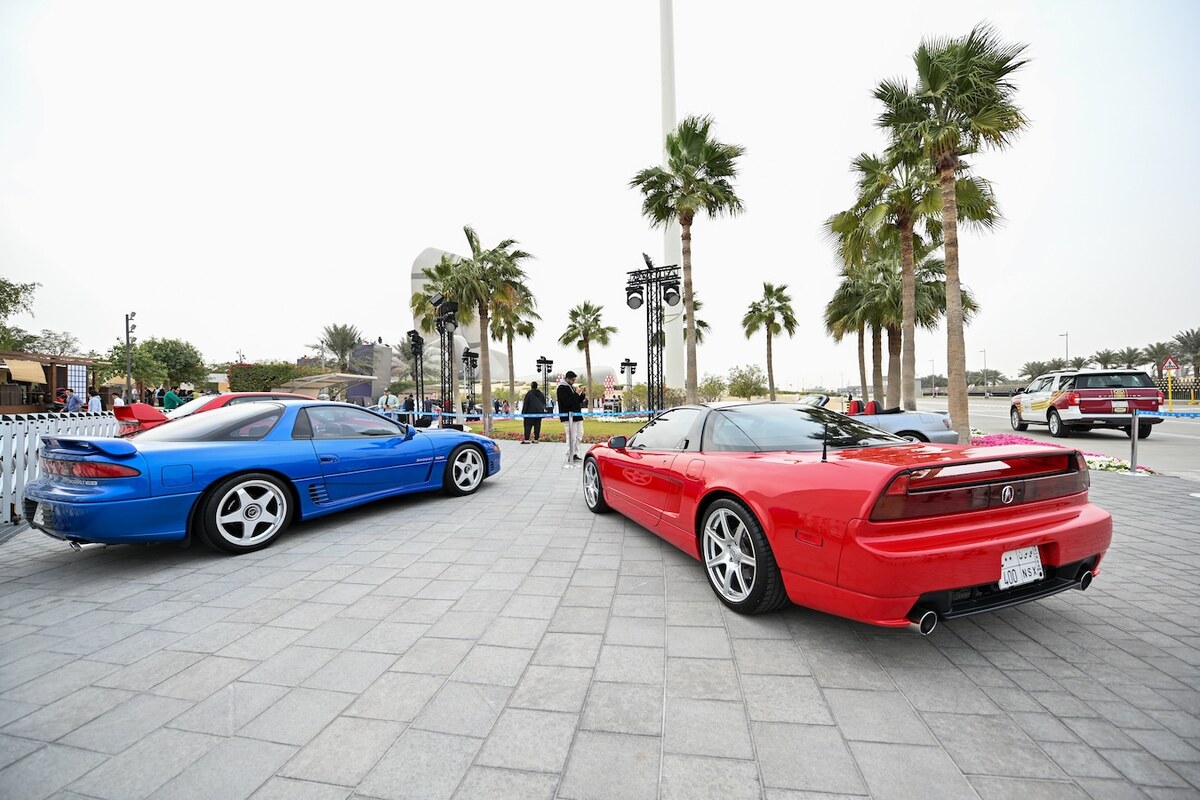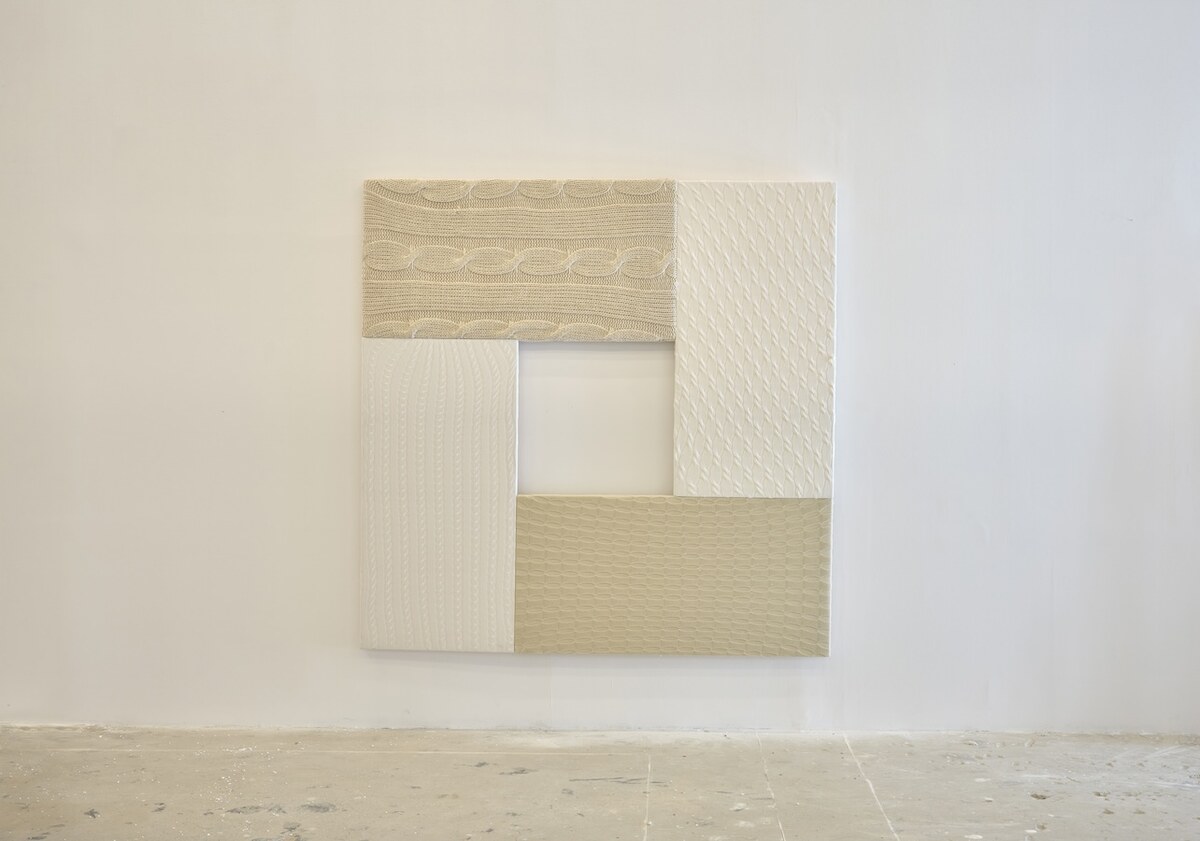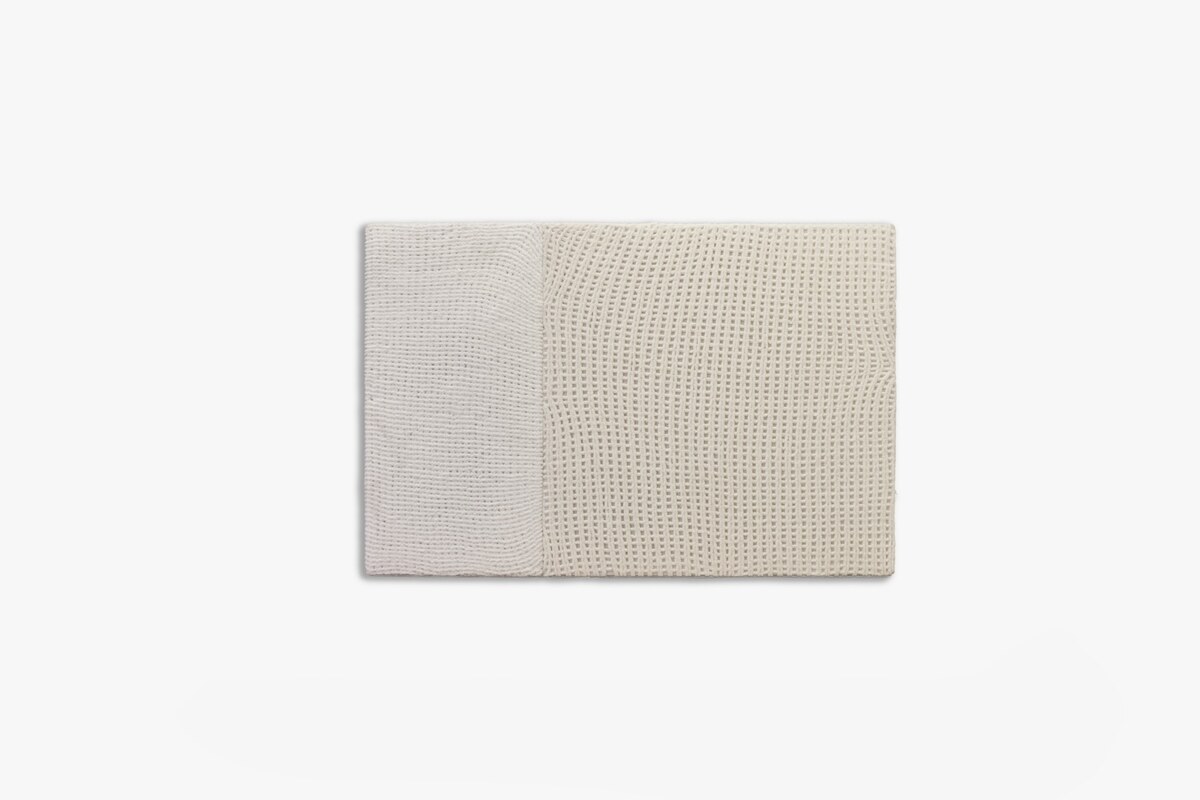DUBAI: Mariam Yehia is the ultimate nonconformist. As the founder and creative force behind Dubai-based fashion house Mrs Keepa, her label is not defined by traditional fashion norms. Known for bold silhouettes, sculptural tailoring and avant-garde sensibility, Mrs Keepa thrives on individuality and reinvention. Yehia’s Spring/Summer 2025 collection, La Boite, takes this ethos even further — challenging stereotypes, embracing duality, and redefining fashion as a personal and cultural narrative.
At its core, La Boite, which translates to “The Box,” is a direct commentary on the limitations imposed by rigid categorization. “People are always trying to fit fashion, people and even cultures into predefined boxes,” Yehia said. “This collection is about breaking free from that.” Through structured silhouettes, boxy tailoring and unexpected design transformations, the collection encourages wearers to reinterpret fashion on their own terms. Each look can be styled in multiple ways — chic, casual or bold —offering a fluidity that reflects the modern woman’s ever-changing identity.
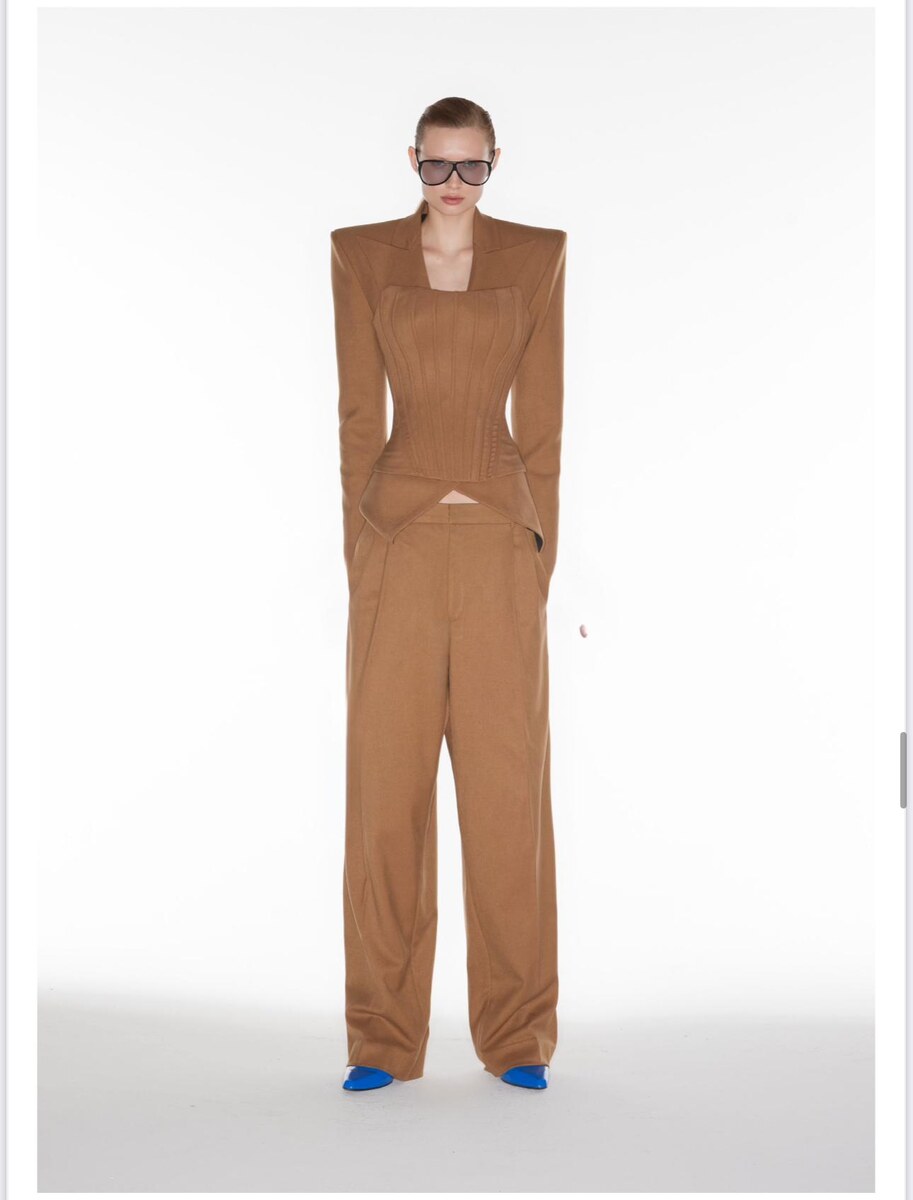
(Supplied)
Yehia pulls out a black boxy short dress with multiple long pieces of fabric hanging from the padded shoulders and explains how the dress can be worn depending on the wearer’s mood. A client can wear the dress exactly as is — loose and androgynous — or she can tie the fabric and cinch the waist, or even layer it over a skirt and pair it with sneakers. “One outfit can have many different personas,” said Yehia. The same philosophy translates to her more sporty pieces featuring mesh and kimono sleeves — wear it wrapped around as a mini dress, or leave it open and pair it with leggings. Each ensemble gives you more than just a single look. A series of mini dresses with a scarf-like attachment will sell fast, as will the jumpsuit that can be deconstructed and worn as ultra-wide pants.
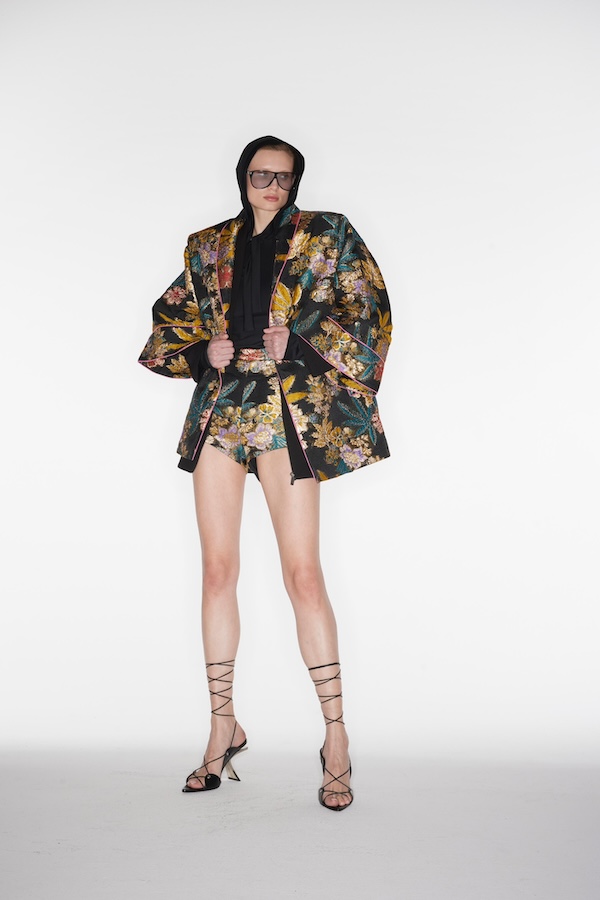
(Supplied)
While every garment was impactful, the star pieces were undoubtedly the brocade ones. A dramatic thigh-length jacket, shorts and trousers in luxurious brocade were given the sporty treatment through contrast piping — highlighting the polarities of us as individuals. Elsewhere, denim garments engineered to perfection catch the eye. An edgy denim jacket retains a cinched look even when unbuttoned, while jeans with the waistband folded over featuring sparkling embellishments add a maximalist touch. Loyal Mrs Keepa clients will also be drawn to a red crepe number with exaggerated shoulders and high low layering of fabric, which can be both modest and sexy. Potential buyers might also enjoy her experimentation with feminine lace — a rarity for Yehia.
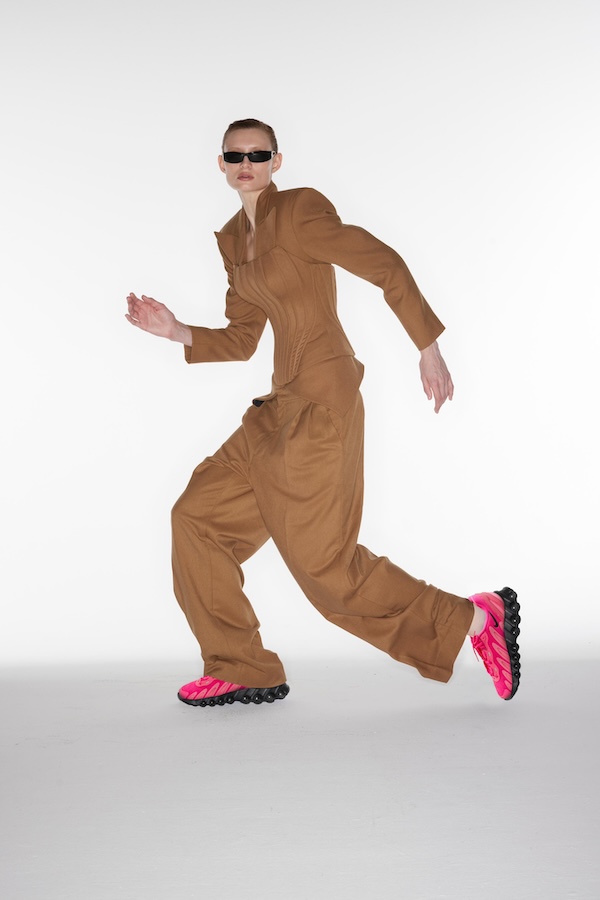
(Supplied)
Mrs Keepa has always thrived on storytelling through fashion, and La Boite is no exception. Beyond its sharp tailoring and experimental silhouettes, the collection holds a deeper meaning: A rejection of stereotypes, particularly those imposed on Middle Eastern people. “We’ve been framed for too long. For years, global fashion dictated that for a designer to be successful, they had to be recognized internationally first. But why? Why can’t we build a strong foundation in our own region first, before expanding outward?” She speaks of the diversity of designs within the region itself and of the uniqueness of each Arab designer, whether it is refined tailoring, cool streetwear, maximalist silhouettes or modest fashion. “Despite this diversity, we are still stereotyped. This collection challenges the rigid perceptions that frame the Middle East as a monolithic culture, often diminishing its significance.”
Yehia delivers a collection that is both metaphorically and literally transformative. Whether through adjustable silhouettes, unexpected layering or garments that can be styled in various ways, each piece invites the wearer to reshape, reinterpret and make it their own. “Fashion isn’t just about clothing — it’s about identity, emotion and the freedom to express yourself beyond predefined labels,” Yehia said. La Boite is an invitation to step outside the box — on your own terms.









